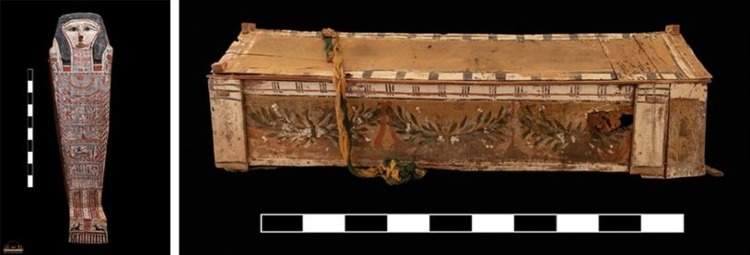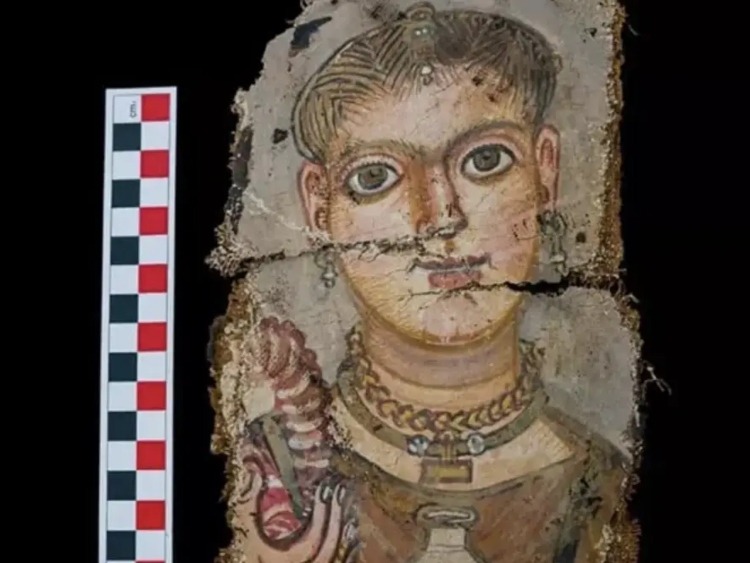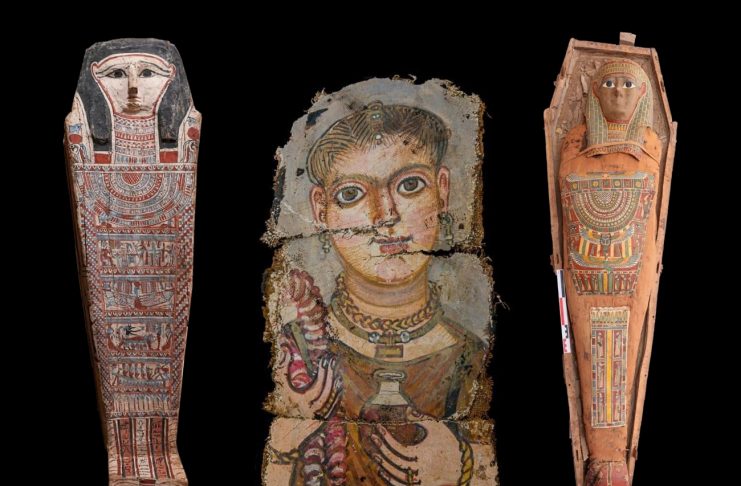Amid the ruins of the ancient city of Philadelphia in Fayoum, 120 kilometers southwest of modern-day Cairo, archeologists made a major discovery, uncovering two full-color mummy portraits, the first to be found in over a century. The last time that such artwork was discovered was back in 1911 when British archeologist Flinders Petrie uncovered 146 mummy portraits at a Roman cemetery. In ancient times, these portraits were painted on the outside of coffins to help identify the deceased body within the casing.

Along with the mummies, the team also uncovered a funerary building, papyri, pottery, and several coffins that date back to the reign of King Ptolemy II (309–246 B.C.E.) who founded the ancient city of Philadelphia. Back then, he established the city as a pastoral village so that it can be used to grow and secure food for the rest of his growing empire. The city also breathed a multicultural air as it was home to both Egyptians and Greeks who resided in Philadelphia for more than 600 years.

Archeologists were able to form a better picture of those past residents by inspecting the papyri as well as the mummy paintings. They realized that the collection of discovered paintings depicted some of the wealthiest people who lived in Philadelphia while the papyri gave special insight into the economic, social, and religious conditions of the city’s residents.
When it came to the discovered coffins, they also provided a window into what life was like 2000 years ago in that ancient city. Mostafa Waziri, secretary general of the Supreme Council of Antiquities noticed how wealthy the city was as, within the coffins, some of the mummies “were embalmed with great care.”
Beyond these findings, archeologists also stumbled upon a rare relic when they found a terracotta statue of Isis-Aphrodite within a coffin of a young girl. What made the discovery special is how it showcased a blend of the two cultures as Basem Gehad, the head of the Ancient Philadelphia Excavation project said that the statue “reflects the influence of Greeks on Egyptian art as a result of [the] new community living there.”
More discoveries may still be uncovered as this dig site has been under exploration for more than five years and since the start, archaeologists have been able to find a wealth of artifacts that gave them a look into life 2000 years ago.



